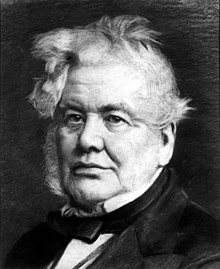31 May 1941 – German bombing of North Strand, Dublin on this day – 28 dead, 90 + injured and over 300 houses were destroyed or damaged. Smaller bombs damaged the American Embassy and Áras an Uachtarain the official home of President Douglas Hyde. The bombing was in all probability accidental and the German Government apologised in June 1941 for the attack. After the War the post war Government of Germany paid compensation for the destruction and damaged caused. The bombings were the worst experienced in the Irish Free State during the War or ‘The Emergency’ as those times were called here.
The first fifteen burials took place on June 4th with the internment of the tragic Brown family in their native Drumcooley, outside Edenderry and the burial of eight more in Glasnevin and in Dean's Grange cemeteries in Dublin. Twelve of those killed were buried by Dublin Corporation at a Public Funeral on 5 June, at which Government members including Eamon De Valera attended. The service took place in the Church of St. Laurence O'Toole, Seville Place and was presided over by Archbishop McQuaid.
An Taoiseach Eamon De Valera made the following statement:
Members of the Dáil desire to be directly associated with the expression of sympathy already tendered by the Government on behalf of the nation to the great number of our citizens who have been so cruelly bereaved by the recent bombing. Although a complete survey has not yet been possible, the latest report which I have received is that 27 persons were killed outright or subsequently died; 45 were wounded or received other serious bodily injury and are still in hospital; 25 houses were completely destroyed and 300 so damaged as to be unfit for habitation, leaving many hundreds of our people homeless. It has been for all our citizens an occasion of profound sorrow in which the members of this House have fully shared.
The Dáil will also desire to be associated with the expression of sincere thanks which has gone out from the Government and from our whole community to the several voluntary organisations the devoted exertions of whose members helped to confine the extent of the disaster and have mitigated the sufferings of those affected by it. As I have already informed the public, a protest has been made to the German Government. The Dáil will not expect me, at the moment, to say more on this head.







